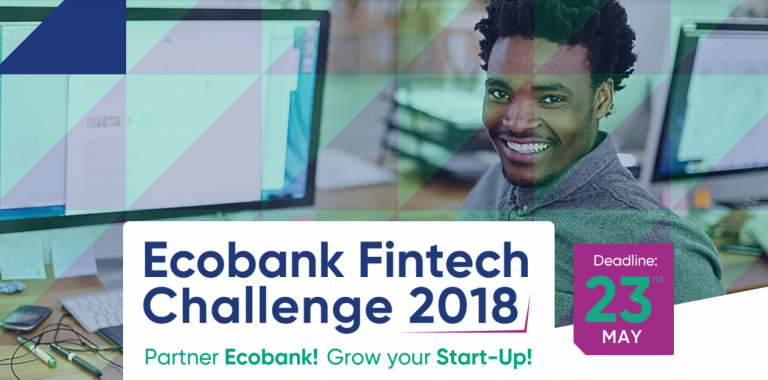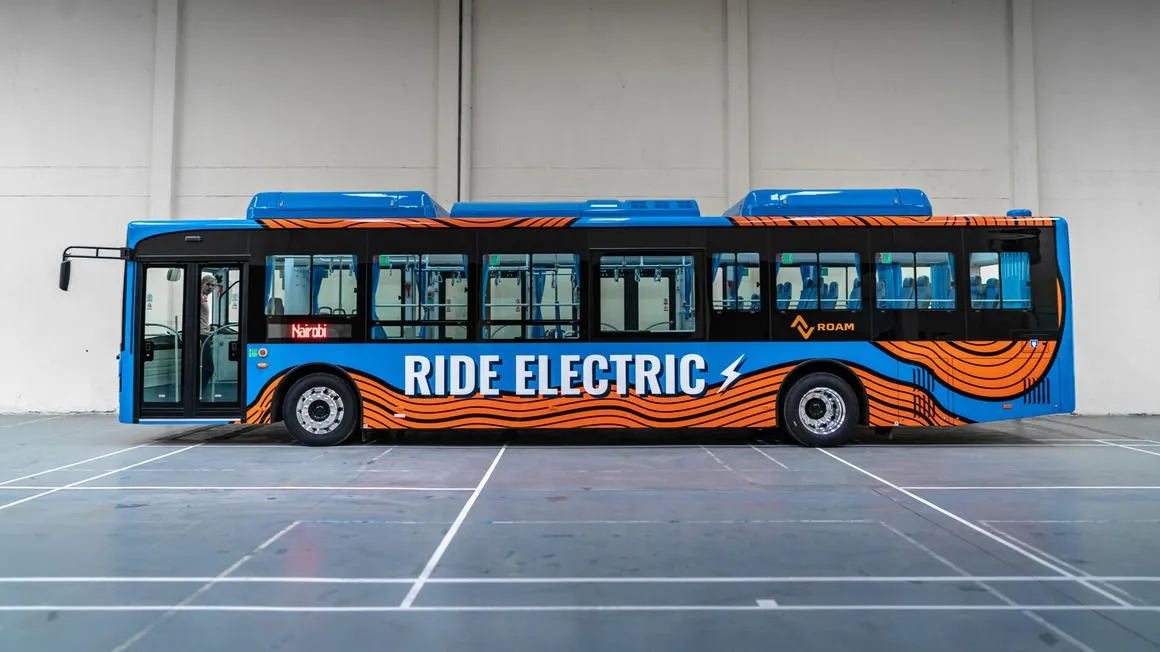Understanding User Research: Why it is the Backbone of Great Design

User research is often the quiet hero behind the products and services We love. It is the process of understanding user behaviour, needs and motivations through feedback. User research is unarguably one of the most critical components in creating products that are truly valuable and usable. Remember that research is the first step in our problem-solving process. User experience is a research-based discipline and if you are not doing research, you are not doing UX. We conduct research with our customers to understand the problems we’re trying to solve for them and make design decisions based on insights gained from this research.
At its core, user research is about empathy it is about stepping out of your own perspective as a designer and diving into the lives of the people who will use your products. Whether you are building a website, a physical product, or a mobile application, it is incredibly easy to fall into the trap of designing for yourself or for an “ideal user”. In reality, real users are messy, diverse and full of context you can’t guess or assume. This is where research comes in.
Research uncovers these hidden insights that makes the difference between a good product and a great one. Broadly speaking, research can be divided into two types qualitative and quantitative. The data gathered by quantitative data can be expressed by numbers, percentages and graphs. It is measurable and produces statistical data. It includes tools and methods such as A/B testing, multi choice survey questions. It tells you what users are doing and how often but not always why.
Qualitative research on the other hand is a bit messier. It is unstructured, not measurable, subjective, and involves techniques like usability testing, user interviews, open-ended survey questions and focus groups. Qualitative research gives you a rich detailed data about users’ feelings, motivations and their pain points. Ideally a strong research strategy blends both types to provide a full picture of user behaviour.
One of the most important moments in the user research process is the discovery phase. This happens early in the design process and involves broad exploratory research to identify user needs and problems. It is a time for listening without bias and keeping an open mind. Often the most surprising and game changing insights come from simply observing how users interact with a current product or solve a problem without any products. Sometimes you realise the issue you thought you were solving is not even the one that matters most to your users.
Conducting good user research isn’t just about the methods, it is also about asking the right questions and knowing how to listen. It is not unusual for users to struggle with what they want or need, especially when it comes to technology. This is why good researchers pay close attention to behaviour including body language and not just the words the user is saying. For example, if someone says they don’t mind a certain feature but hesitate every time they use it, that hesitation is a signal worth exploring.
After collecting data, the next challenge is making sense of all the information you have gathered. This is where you look for patterns, identify pain points and map out the users journey. Personas and journey maps are useful tools that emerge from this phase. They help keep the user story alive throughout the design process it is also important to note that user research does not stop after the first prototype. User research is essential throughout the life cycle of a product and is not a one-time event.
The best product evolve through ongoing feedback and with refinements, often uncovering new insights with each round of testing. In the end, user research is not about collecting data for the sake of it. It is about designing with intention and empathy. It is a commitment to creating experiences that are not only functional but meaningful and inclusive. When we listen to users, we make better decisions, we uncover unmet needs, we design smarter and most importantly we build products that make people’s lives better.






